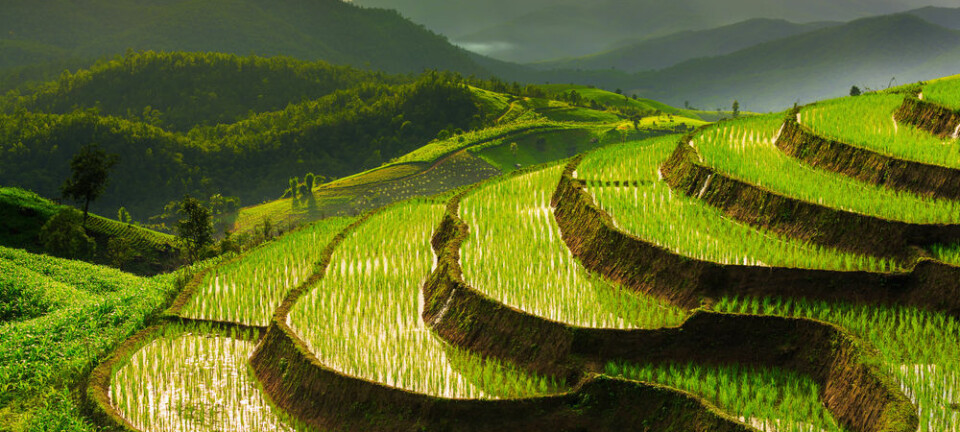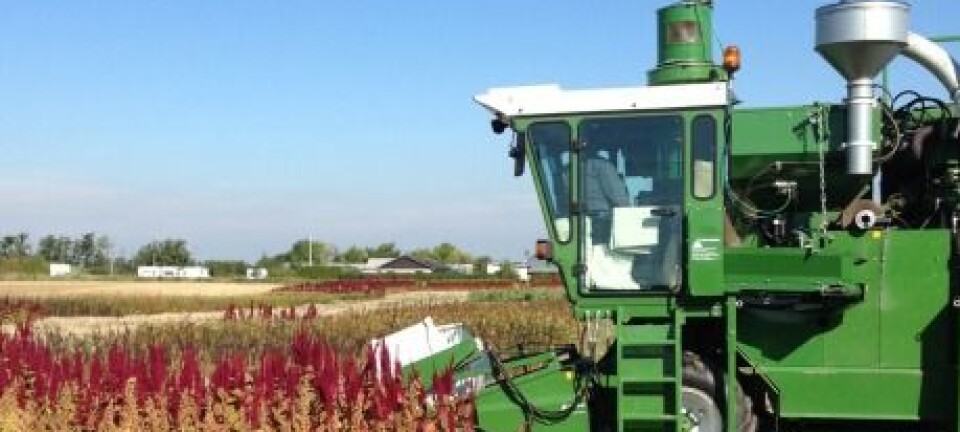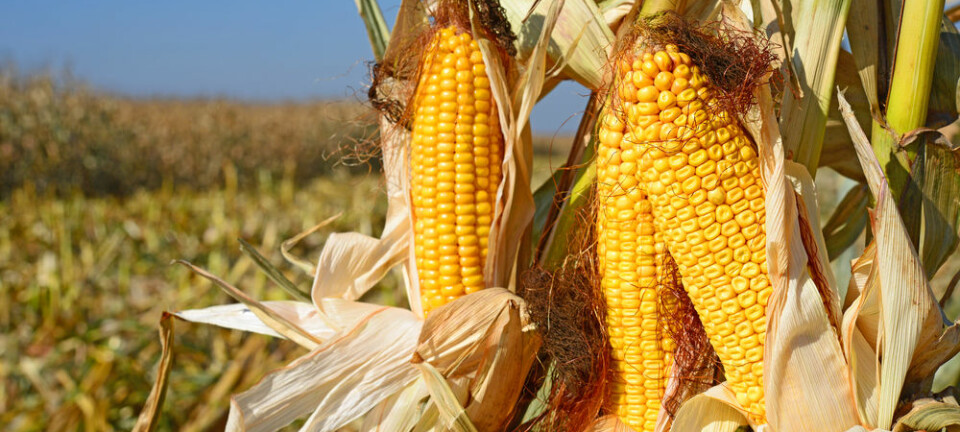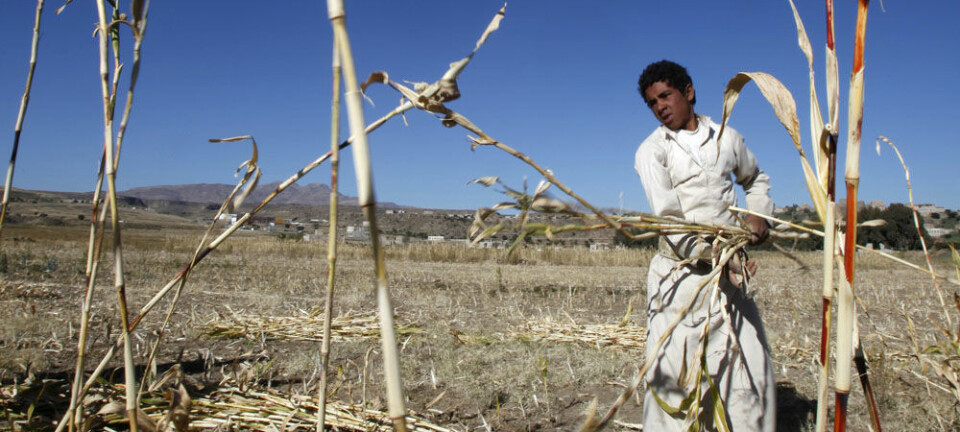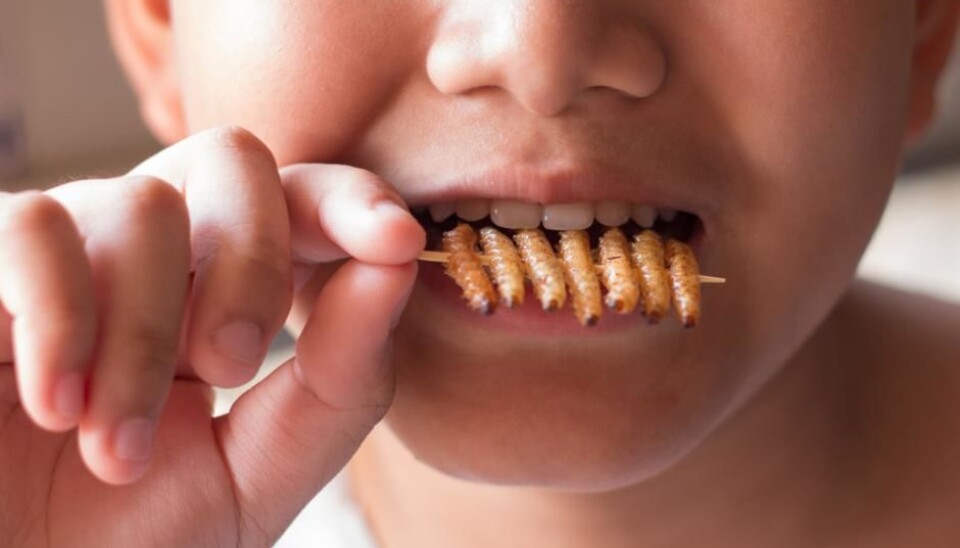
How much more environmentally friendly is it to eat insects?
Insect farms emit 75 per cent less carbon and use half as much water as poultry farms, shows new study.
Livestock production accounts for around 15 per cent of global greenhouse gas emissions and pollutes both the land and surrounding water ways.
So it may be time to switch from steak and chops to to more eco-friendly farm produce, such as crickets and mealworms.
New research shows that cricket farming uses 75 per cent less CO2 and 50 per cent less water than chicken farming. Insects are also rich in protein and contain all the nutrients that we get from meat.
“Traditional farming involves a lot of environmental impacts in the form of both greenhouse gas emissions and water pollution by pesticides and fertiliser,” says Ph.D. student Afton Halloran from the Department of Nutrition, Exercise and Sports at the University of Copenhagen, Denmark.
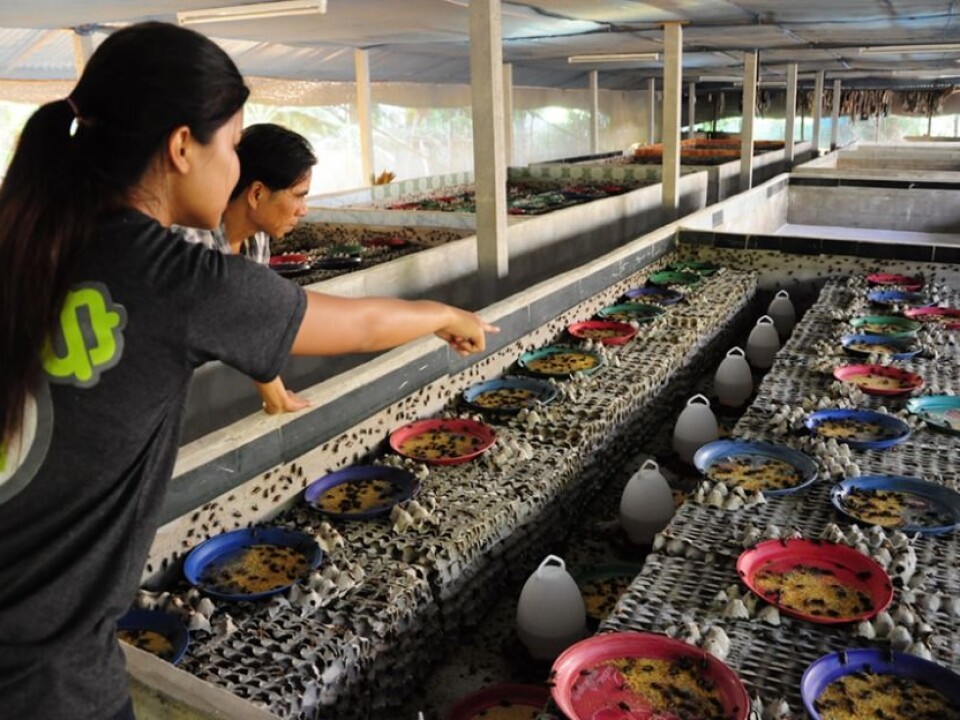
Halloran has just submitted her Ph.D. thesis on the environmental impacts of cricket farming in Thailand.
“It’s a massive problem and if we want to reduce the environmental impacts, insects can make a good contribution for both people and feed for animals, which our study shows has fewer environmental impacts,” says Halloran, who has published her research in the Journal of Cleaner Production.
Few studies in this area
Biologist and Ph.D., Lars-Henrik Lau Heckmann from The Danish Technological Institute, also studies the possibilities of using insects as a food product for people and animals. He was not involved in the new study but describes it a highly relevant and well conducted.
Not many studies have analysed the environmental benefits of replacing livestock with insect farming, in this way, he says.
“It gives an entirely new depth in relation to what we otherwise compare it with. I usually say that rearing insects is 100 times more environmentally friendly raising cattle, but there’s not many studies that have thoroughly uncovered the details of this claim,” says Heckmann.
One particularly interesting finding is that insect farming is far from optimised, he says.
“Rearing insects is already more climate-friendly than raising other animals, and the study shows that it can be even more environmentally friendly. That will make insects’ climate footprint even smaller and makes them even more interesting as a protein source for both people and animals,” says Heckmann.
Read More: Putting insects on the dinner table
Insects are easy to please
As the number of people on the planet increases, there are many more mouths that need to be filled. This often comes from meat in the form of various type of livestock.
But apart from polluting waterways, lakes, and groundwater with pesticides and sending large amounts of CO2 up into the atmosphere, livestock production requires lots of land, which often requires converting the natural landscape to fields.
With all of the negative costs of producing livestock, interest in insect farming has expanded in recent years as farmers can produce much more for less.
“Insects as a source of food are much more sustainable than most other forms of domestic animal farming. It’s partly because insects are extremely good at converting their food to body mass that we can eat. Moreover, they eat many different things so they‘re not very demanding,” says Halloran.
Read More: Climate change eats up Arctic insect life
Insect feed for livestock
One of the primary uses of insects could be as a source of protein for livestock production, says Halloran.
That includes animals that are already fed protein from soya beans, fish meal, or maize, such as fish and poultry.
Soy beans and maize are produced on large plantations in South America, where deforestation of rain forests and water pollution from pesticides are just two of the problems that they create.
“Soy bean production is especially associated with big environmental impacts, so replacing soy protein in chicken feed and fish feed with insects, will have big environmental benefits,” says Halloran.
Read More: How to make the fish farming industry more climate friendly
Insect farms half as polluting as livestock
Halloran has calculated the environmental costs associated with producing one kilogram of the edible parts of crickets and chicken in Thailand, where there are numerous insect farms, especially in the north of the country.
Halloran identified the costs associated with every stage in their production, including water use, food production costs, CO2 emissions, amount of fertiliser, and farm construction costs.
The results show that cricket farming emits half as much CO2 as chicken and uses 25 per cent less water.
Read More: Developing climate-smart agriculture
The cost in terms of CO2 emissions associated with producing one kilo of insects and other types of livestock. Beef and lamb are the least environmentally friendly options, while fish and insects are the best. Danish chicken farms also have a relatively low carbon footprint. (Illustration: Afton Halloran)
Could be even better for the environment
Halloran also studied how insect farming could be streamlined and expanded in the future.
“We should remember that farm animals have a few thousand years of history while insect farms are still just starting to be developed. So the system can also be made more efficient and water use and CO2 emissions can decrease even more,” she says.
With industrialisation, emissions from insect farming could be reduced to 75 per cent less than chicken farming and water use to half as much.
“So it’s an important study because it shows that insect farms are much more environmentally friendly that other forms of livestock production and could be even more environmentally friendly,” says Halloran.
One of the improvements could be replacing the type of food given to the insects, which is often the same as chicken feed. In Thailand this could be a local food source, such as cassava or other root vegetables, says Halloran.
Moreover, chicken is one of the least environmentally damaging types of livestock to produce. Cows and sheep have the highest impacts in terms of CO2 emissions and water use per kilo of meat. Following them are pigs and chickens.
“If we’d compared the production of a kilogram of beef with a kilo of insects, the difference would have been even bigger,” she says.
Read More: Bacteria can make your bacon sandwich climate friendly
Insects taste good
Halloran hopes that insects will make inroads into the western diet, where meat intake per capita is higher than anywhere else in the world.
Many people would be surprised by their taste. Halloran eats crickets herself, fried in a wok with lemon grass or in a stew.
“They taste great, but I’m also the type of person that loves to taste new things,” she says.
---------------
Read the original article in Danish on Videnskab.dk
Translated by: Catherine Jex

